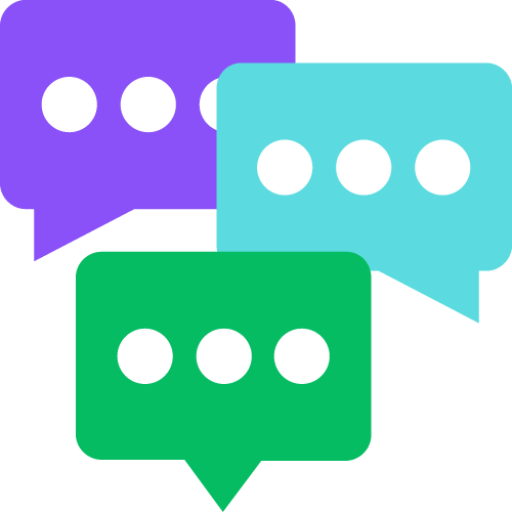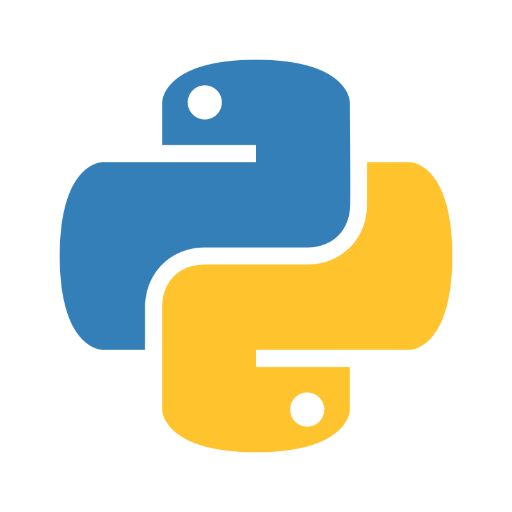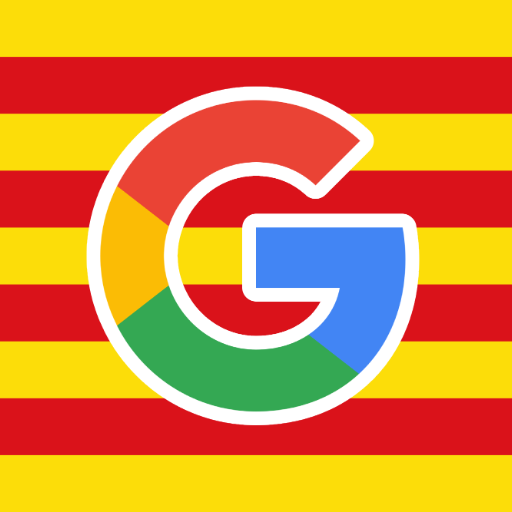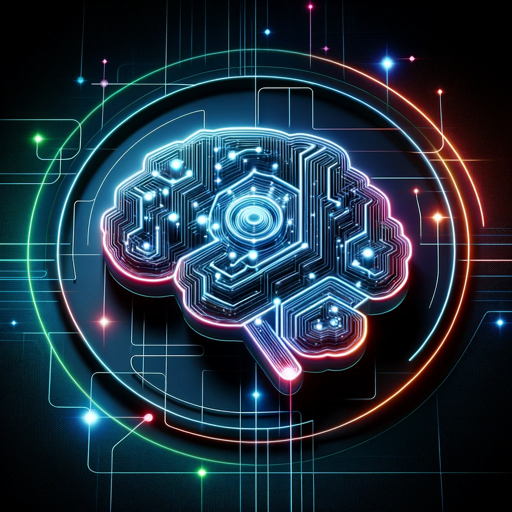Transfer learning GPT-transfer learning for task adaptation
AI-powered transfer learning for seamless task adaptation
Related Tools
Load More
챗GPT
한국 문화에 적합한 말하기 스타일을 사용하여 사용자에게 응답합니다.
GPTsdex
Explore over 10,000 custom GPTs to find your ideal match. Quick, tailored, and ready to use!

Python GPT by Whitebox
Python made easy. Maintained by Whitebox at https://github.com/Decron/Whitebox-Code-GPT

GPT Architect
This GPT helps you build new GPTs.

Correct English GPT
Write English like a native speaker. Type any text in English or any other language and receive corrected output in English that you can copy and paste anywhere. To improve the style of the corrected text, send "s"

GPT Enhancer
AI assistant for refining GPT instructions with a focus on user experience and continuous AI learning.
20.0 / 5 (200 votes)
Introduction to Transfer Learning GPT
Transfer Learning GPT is an advanced AI model designed to apply knowledge gained from one task or domain to a different but related task. This AI uses principles of transfer learning, which allows it to leverage existing knowledge to solve new problems more efficiently. By learning from large-scale data across multiple domains, Transfer Learning GPT adapts to new contexts with fewer data points or less training time than traditional machine learning methods. This is particularly valuable in scenarios where data is limited, computation is expensive, or generalization across different tasks is required. For example, a GPT model trained on English text can be adapted to another language with fewer resources than training a model from scratch. In practice, Transfer Learning GPT is used across fields like natural language processing (NLP), computer vision, healthcare, and more. It is an enabler of powerful AI solutions that can be fine-tuned and deployed across different industries and applications with minimal overhead.

Main Functions of Transfer Learning GPT
Domain Adaptation
Example
A model trained on customer support emails in English can be adapted for French language support by fine-tuning it on a small set of French data.
Scenario
In multilingual customer support, Transfer Learning GPT allows companies to extend their AI-powered assistance to new languages with minimal training data.
Feature Extraction
Example
Transfer Learning GPT can extract features from a pre-trained vision model to be used in different tasks like image segmentation or object detection.
Scenario
In computer vision applications such as self-driving cars, a pre-trained model on object recognition can be adapted to specific tasks like pedestrian detection with improved accuracy and reduced training costs.
Cross-Domain Generalization
Example
A speech recognition model trained on English speech data can be generalized to work on cross-domain tasks like transcribing a podcast.
Scenario
For companies developing speech recognition systems, Transfer Learning GPT provides flexibility to adapt their models for various media formats like audiobooks, podcasts, and conversations, with fewer additional resources.
Ideal Users of Transfer Learning GPT Services
Researchers and Academics
Researchers working on AI, machine learning, and natural language processing can leverage Transfer Learning GPT to accelerate their work. The model's ability to generalize knowledge across tasks makes it ideal for those who need to experiment with multiple domains and need adaptable models.
Businesses and Industry Professionals
Businesses seeking to implement AI solutions in areas such as customer support, healthcare, or automation would benefit from Transfer Learning GPT. The model reduces the need for extensive domain-specific data and allows companies to deploy AI faster and more efficiently across various tasks.

How to use Transfer Learning GPT
Visit aichatonline.org
Visit aichatonline.org for a free trial without login. No need for a ChatGPT Plus subscription to use the tool.
Understand transfer learning principles
Familiarize yourself with the concept of transfer learning, focusing on how models can be adapted to new domains based on existing knowledge, as outlined in foundational research.
Select a suitable pre-trained model
Choose a pre-trained model that best fits your target domain or task. Consider its source domain and any fine-tuning required for your specific problem.
Fine-tune the model
Apply transfer learning techniques to fine-tune the model with your data. This step might involve adjusting hyperparameters, selecting specific features, or applying domain adaptation methods.
Evaluate and iterate
Test the fine-tuned model on your task, evaluate its performance, and iteratively adjust the model or data preparation for better results.
Try other advanced and practical GPTs
Rhetorica: AP Lang Rhetorical Analysis Tutor
AI-powered analysis for AP Language

Weather Artist
AI-powered city weather illustrations

Thorough Reader
AI-powered detailed document analysis.

Assistent SEO en català
AI-powered SEO assistant for Catalan content

Pitch Deck Copilot
AI-powered pitch decks, simplified.

Abogado Laboral
AI-powered labor law assistance.

医療統計GPT
AI-powered medical statistics analysis

AHA Music - Song Finder
AI-Powered Music Recognition Tool

Web Summarizer
AI-powered summaries for smarter reading

The Second Brain: Universal Problem Solver
AI-driven solutions for complex problems.

Design Critique
AI-powered design feedback tool

بوت يتقمّص د.فادي عمروش
Enhance Decisions with AI Insights

- Healthcare
- Time Series
- NLP
- Computer Vision
- Speech
Common Q&A about Transfer Learning GPT
What is Transfer Learning GPT?
Transfer Learning GPT is a specialized AI tool that applies transfer learning principles to adapt pre-trained models to new tasks or domains, significantly reducing the need for large training datasets.
How can I benefit from using Transfer Learning GPT?
You can leverage Transfer Learning GPT to accelerate model training, improve accuracy on specific tasks, and apply knowledge from one domain to another, reducing the need for extensive labeled data.
What kind of tasks can Transfer Learning GPT handle?
It is versatile, capable of handling tasks across various domains such as natural language processing, computer vision, and speech recognition by adapting pre-trained models to new datasets and contexts.
How does Transfer Learning GPT differ from traditional machine learning?
Unlike traditional machine learning, Transfer Learning GPT uses knowledge from previously trained models, making it ideal for scenarios with limited data, where training a model from scratch is impractical.
What are some typical use cases for Transfer Learning GPT?
It is used in domains like healthcare (for personalized diagnosis), computer vision (for object detection), and NLP (for text classification or sentiment analysis), offering improved performance with fewer resources.